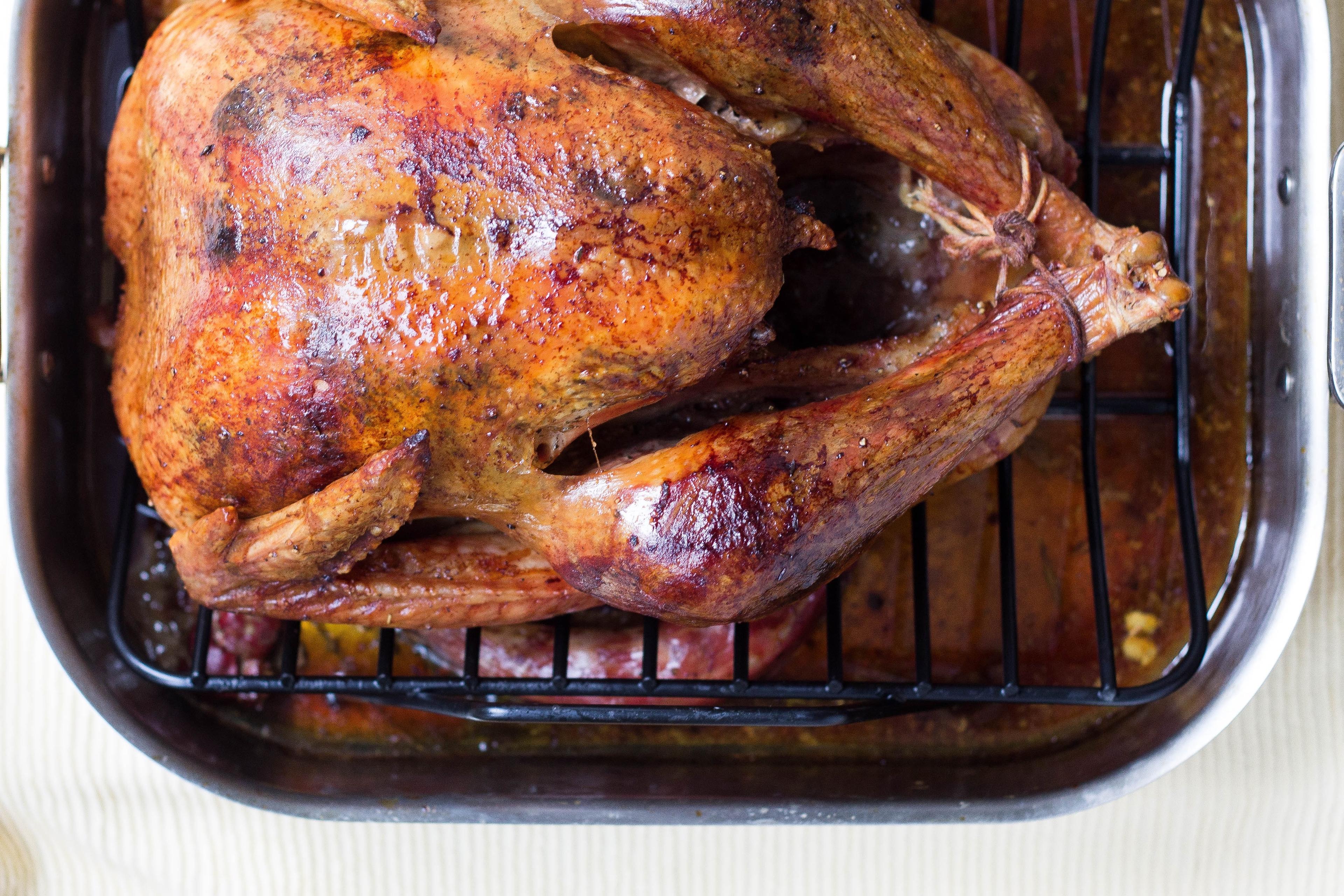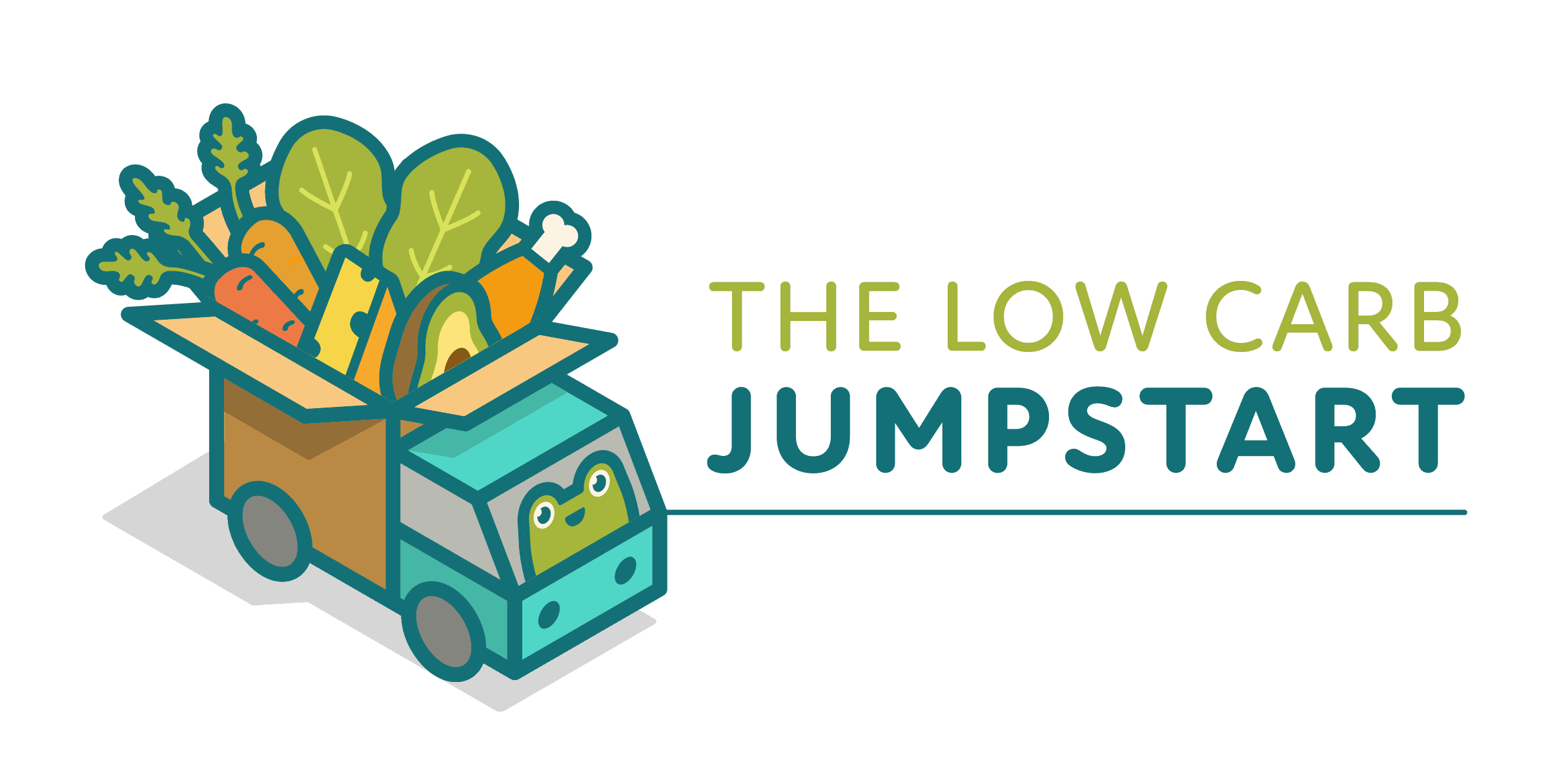JUMPSTART BLOG

10 Tips To Shop Low-Carb On A Budget
As food prices continue to rise, grocery shopping can feel like a wallet-draining activity! But fear not, there are many easy ways to save on your weekly grocery run while still eating low-carb.
When it comes to saving on food, even just a little, the first step is to plan ahead. Choosing one day a week to brainstorm your ideas for meals and snacks can help you write a grocery list and build a stock of what you have and don’t have. This 15-min commitment each week can help you stay on track with your meal plan and prevent you from buying more than what you need. Keep a notepad in the kitchen for easy access and start practicing for your next grocery run. Before you know it, it’ll be a part of your new routine!
What are some things that you currently do to plan and stay organized ahead of time?
Below, we have rounded up the top 10 tips to help you shop smart and eat smart!
1. Make Eggs Your Low-Carb Staple!
Eggs are one of the most affordable sources of protein on a low-carb lifestyle. They are a powerhouse of nutrients as one egg contains 7-8 grams of protein and many other nutrients including B vitamins, choline, lutein, and other trace nutrients. The humble egg can be cooked up within minutes and enjoyed in many ways including scrambled, poached, sunny side up, boiled, baked, omelets, casseroles, and many more! One of our favorite budget-friendly recipes is to combine eggs with leftover vegetables to make an egg bake/muffin, recipe is found here.
2. Batch Cook and Freeze Recipes.
Batch cooking is one of the best ways to save time and money when you are meal planning for the week. Most recipes can be made in batches by doubling or even tripling the given recipe. This is especially useful for soups, stews, and casseroles that can be prepared and frozen for later use. If you find cuts of meat, fish or poultry on sale, it can be well worth your time to batch cook and plan your meals around it. For example, you might consider cooking up a large pork roast or chicken thighs in a crockpot or the stove. You can then use your protein for a variety of meals throughout the week like casseroles, salads, meat and veggie combos, and more. Don’t forget to freeze what you don’t use that week!

3. Enjoy the whole chicken.
Whole chicken, in all its glory, is a highly undervalued protein source. Rotisserie chicken is a perfect example of a low-cost and incredibly useful ingredient. Most grocery stores will sell them for under $7-8 (or $4.99 from Costco!) and the number of things you can do with them is endless. The meat that is carved off the bone can be enjoyed with roasted veggies, topped in a salad, mixed into casseroles, or turned into chicken salad among many others. What’s more, you can use the leftover bones to make stock and use it for a delicious chicken soup. You are truly getting the biggest bang for your buck with rotisserie chicken!
4. Use Frozen Vegetables and Fruit.
Many low-carb veggies and fruit that are available fresh can also be found frozen – and often cheaper! Some produce, like berries, can be expensive when bought fresh so buying frozen is a great way to save on money and prep time. Remember that frozen produce is very similar in nutritional value to its fresh counterpart, which means that you are not missing out on the quality. They are great in smoothies, soups, stir-fries, casseroles, and many more exciting meals. Stock up during sales to save even more!
5. Bulk is Usually Cheaper.
Foods that are bought in bulk are usually cheaper and will last a lot longer. You can consider buying low-carb staples, like cheese, in blocks instead of pre-shredded or sliced. When on sale, you may consider buying in bulk and freezing some for later use. For best results, let your cheese defrost and use melted (like in a sauce or casserole). Nuts and seeds, dried whole grains, and dried beans/lentils are also cheaper in bulk compared to cooked or prepared versions.
6. Slowly Build Your Spice Rack.
Spices and herbs are a great way to jazz up and add new flavors to your routine meals. For example, grilled chicken can be elevated in a variety of ways with spicy Cajun seasoning, Italian herbs, or garlic and onion mix. You might also try using fresh ingredients or herbs like green onions, parsley, cilantro, lemon juice and zest, onions and garlic to add a fresh burst of flavor! Consider expanding your dried spice collection by gradually adding a new spice, like every 1-2 months, until you’ve built a good mix. A quick tip is that spices sold in resealable plastic bags are usually cheaper compared to the same spice found in fancy containers (like glass or plastic containers).
- Spice staples: salt, pepper, onion, garlic, lemon, cinnamon, Italian mixed herbs, cayenne pepper
- Spice “Wishlist”: cumin, rosemary, oregano, thyme, chili powder, fennel, ginger, bay leaves, dill, smoked paprika, parsley, miso paste (fermented soybean paste, keep refrigerated), gochujang (spicy black bean chili paste, keep refrigerated)
7. Minimize Convenience Foods.
Convenience can be a necessary and useful tool in maintaining a sustainable lifestyle. However, it often comes with an additional cost. For example, pre-shredded cabbage in a bag costs more per serving compared to a whole head of cabbage, and portioned, boneless cuts of meat are generally more expensive than whole, bone-in cuts. The key is to be aware of these differences and plan ahead whenever possible to determine what you have time to prepare for and where you may need to be flexible.
8. Choose Water as Your Main Beverage.
Water is the best way to stay hydrated on a low carb meal plan and is also the cheapest option – because it’s free! Tap water is generally regarded as safe to drink but if you have any concerns, you may consider getting a water filter jug (sold for $20-$30 at most stores) to remove any impurities. Choosing water over other flavored beverages is an effective way to cut food costs and promote a healthy lifestyle.
9. Check Out Weekly Sales.
Many grocery stores will have online and paper versions of their newsletters with weekly sales and marked-down prices. By comparing prices in weekly sales, it can help you determine where you can make the biggest savings and it can help you plan your meals around your best buys.
10. Sign up For Membership or Discount Cards.
Most grocery stores will offer their very own loyalty or membership cards and run sales that can be exclusive to their members. Many programs will also send additional coupons and deals via mail that you can use to stack onto your grocery bill to make additional savings on your shopping!




